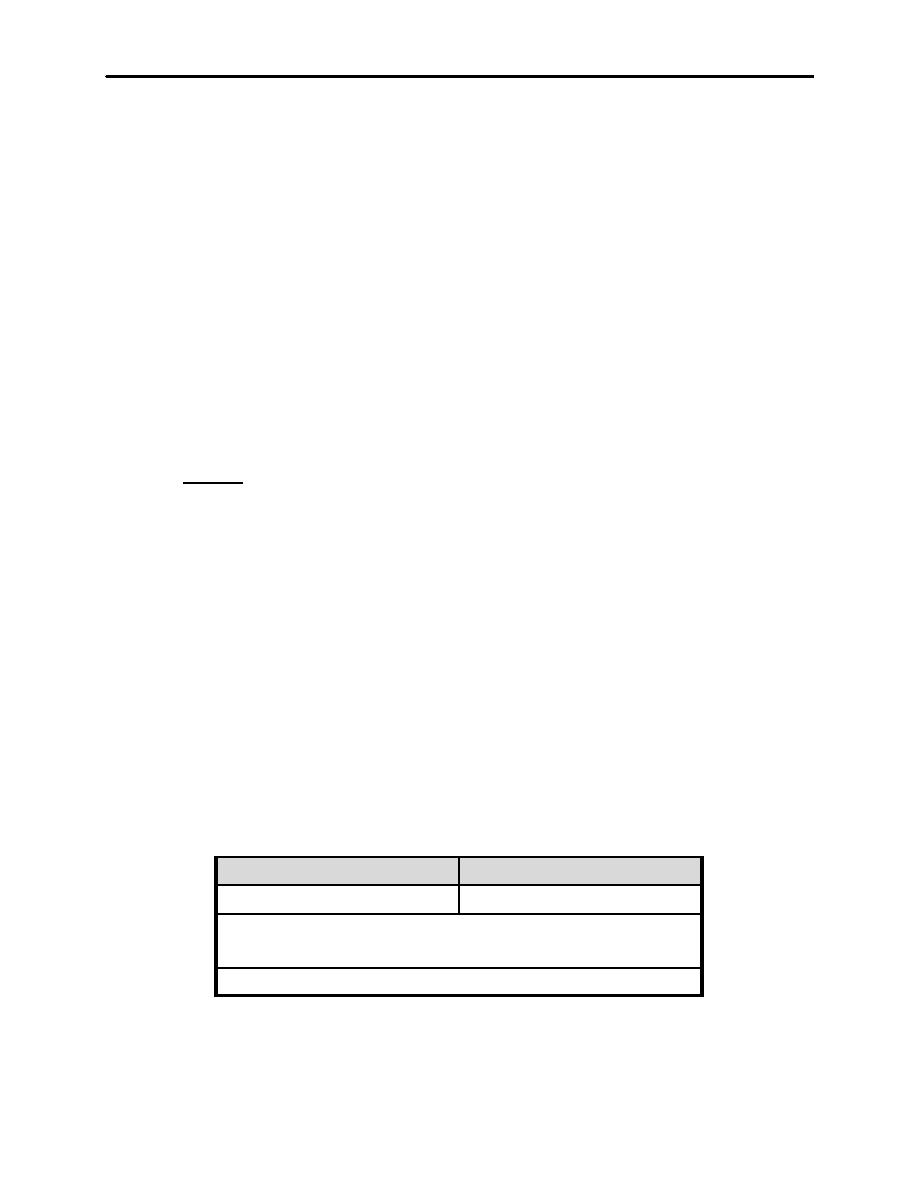 |
|||
|
|
|||
|
Page Title:
Figure 4-2. Standard Instrument Rating Takeoff Minimums. |
|
||
| ||||||||||
|
|  `
JOINT ADVANCED MULTI-ENGINE T-44A
Area Planning (AP/1A, 2A, 3A, and 4A). AP/1A covers Special Use Airspace, North and South
America, and may be referenced if the FLIP chart indicates Prohibited, Restricted/Warning Areas,
or MOAs on or near the route of flight.
Area Planning (AP/1B). This covers Military Training Routes, North and South America.
IFR Enroute Supplement. Contains the Airport/Facility Directory.
Flight Information Handbook. Has the table of contents on the front cover.
Enroute Low Altitude/Enroute High Altitude Charts.
Terminal Area Charts.
Terminal Low Altitude/Terminal High Altitude IAPs.
Terminal Change Notice (TCN). Updates the FLIP Terminal IAPs.
STARs. Standard Terminal Arrivals.
Be Informed. Use the FLIP system to plan your route of flight, file your flight plan, and learn information
about your destinations. You should find out whether the field you are flying to has contract fuel (civilian
fields), requires a PPR number (military fields), hours of operation, runway lengths, etc. Often a telephone
call to the destination Base Ops or civilian FBO is helpful.
B. Weather.
A formal weather briefing and a DD-175-1 flight weather briefing shall be completed for all flights to be
conducted in IMC. Pilots may use weather vision to complete the DD 175-1 provided sufficient forecast
data is given. Pilots are responsible for filling out an actual DD-175-1 for all telephonic (e.g., 1-800-WX-
BRIEF) and weather vision briefings and have it with them in flight. This is to be in compliance with
OPNAV 3710.7. A DD175-1 is not required if flight in IMC is not anticipated per the squadron SOP.
Refer to the squadron SOP for other weather policies, including student solo requirements.
NOTES:
(1). If extended flight is intended (e.g., cross country events), an OPARS and a horizontal weather depiction
(HWD) chart should be requested from Base Weather. Allow at least two hours, preferably overnight, for
this service.
(2). If a ground delay is experienced, recheck ATIS and the weather void time on your DD-175-1. Request an
update with Metro if required and note the extension time on your DD-175-1. Be prepared to give your
briefing number.
Takeoff Minimums. Pilots will adhere to the OPNAV 3710.7 takeoff minimums listed below.
Consideration must be given to aircraft equipment capabilities and runway in use. For training flights,
standard instrument rating takeoff minimums apply regardless of rating held by the instructor. Remember
that personal higher limits may be self-imposed due to lack of recent experience, rapidly changing weather,
or other factors.
Non-Precision Approach
Precision Approach
Published Mins ≥ 300-1 *
Published Mins ≥ 200-1/2 (24) **
*Note: Published Minimums to the available non-precision approach
** Note: Published Minimums to the landing runway in use
OPNAVINST 3710.7 Par. 5.3.3.1
Figure 4-2. Standard Instrument Rating Takeoff Minimums.
RADIO INSTRUMENTS STAGE
4-5
|
|
Privacy Statement - Press Release - Copyright Information. - Contact Us |